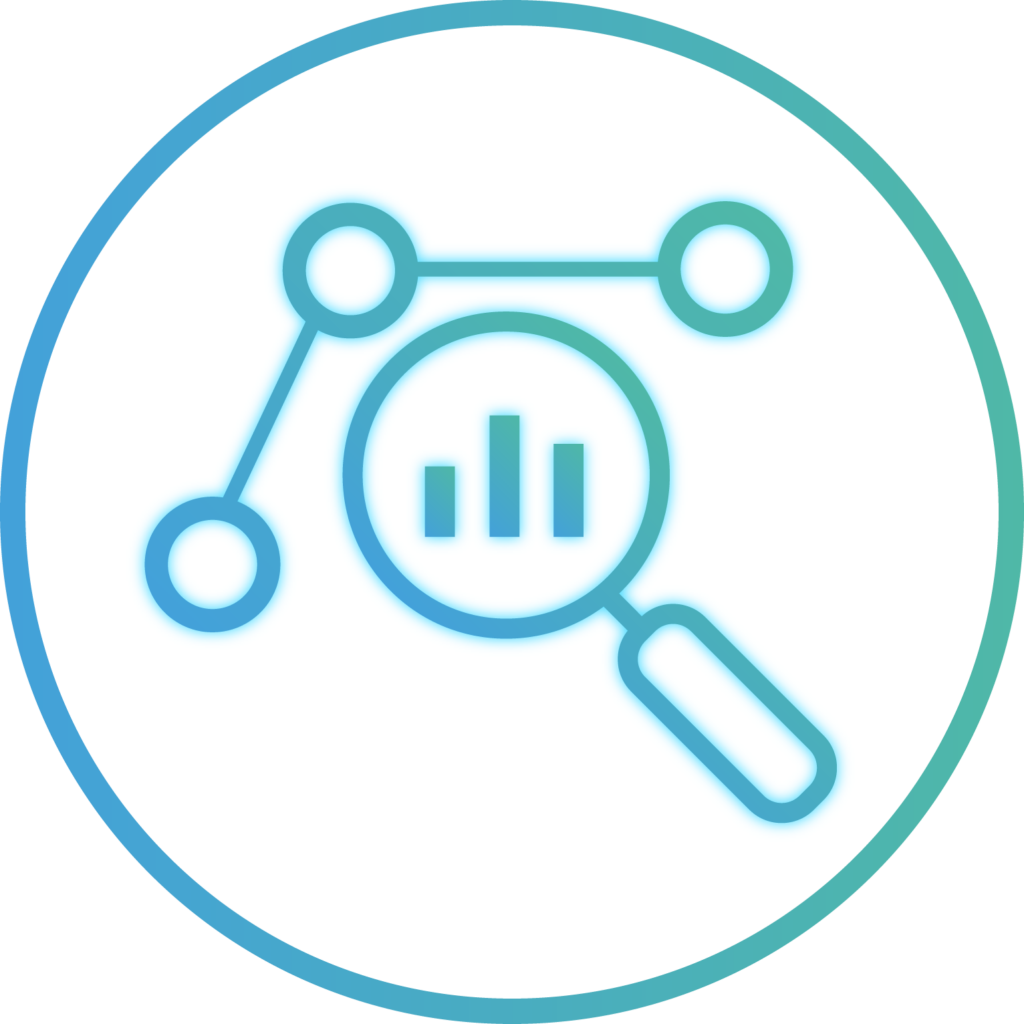Continous Efficiency Improvement with Predictive Data Analytics

For continuous efficiency improvement under ISO 50001’s PDCA (Plan, Do, Check and Act) workflow, it is necessary to predict the future building state associated energy system (both on the supply and demand side).
To do it, NEON will adjust the control strategy to the energy demand and grid requirements.
The energy production forecast will use a generic, hourly-based simulation environment of a grid-connected hybrid renewable energy system utilizing SoA mathematical Renewable Energy Source (RES) models.
Models (developed by IMP partner) include PV panels, wind turbines, solar thermal, geothermal, and different types of batteries.
As an input, the NEON project will consider forecast meteorological data obtained from publicly available services.
Energy demand forecasting will deploy for electricity prediction and heating/cooling demand of a dwelling, building, or community, for at least 24 hours-period ahead (based on FOSS partner studies).
Both statistical and data-driven electricity demand forecasters will exploit for electrical energy. Thermal energy demand predictions will support optimal control of heating/cooling systems in finding a balance between the Demand Response (DR) requirements and the occupants’ comfort.
The models will rely on the Knowledge Discovery in Databases (KDD) process, which leads from raw historical data to actionable knowledge and predictive analytics (built using ML algorithms, often a linear regression algorithm).